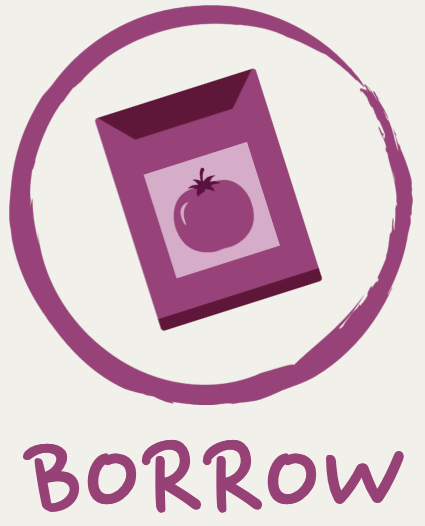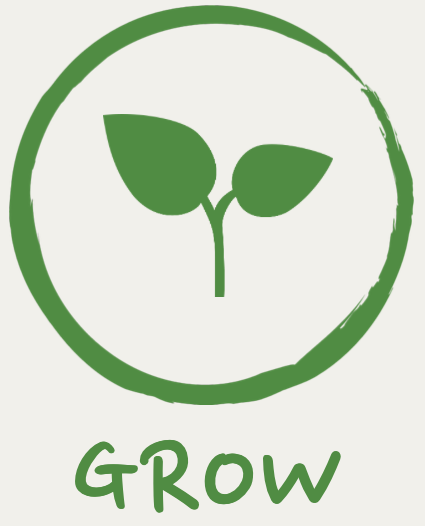
Note: The Seed Library’s inventory is currently very limited.
If you have a garden and a library, you have everything you need.


Borrow up to four seed packets from the library.

Plant at least 2-3 seeds for every plant that you would like to grow this season.

Contribute and swap seeds at our annual Seed Exchange in March.
Seeds are located in the Halperin Building Large Print section.

The purpose of our Seed Library, rooted in the spirit of sustainability, generosity, and community, is to encourage everyone in town to cultivate their own garden and experience the rich rewards of seed saving, an ancient practice that has nourished civilizations for over 12,000 years.
This initiative allows you to borrow up to four packets of organic, non-GMO seeds per visit at no charge, and we offer a wealth of resources including beginner gardening programs and seed-saving books to help you nurture your green thumb and learn the rewarding art of gardening and seed saving. We also host an annual Seed Exchange in March, a wonderful opportunity to swap seeds and stories with fellow gardening enthusiasts.
As you reap the fruits of your labor, we hope you'll save and return some seeds to facilitate the cycle of sharing, thus helping to cultivate a rich, biodiverse, and self-sustaining community. Happy gardening!
